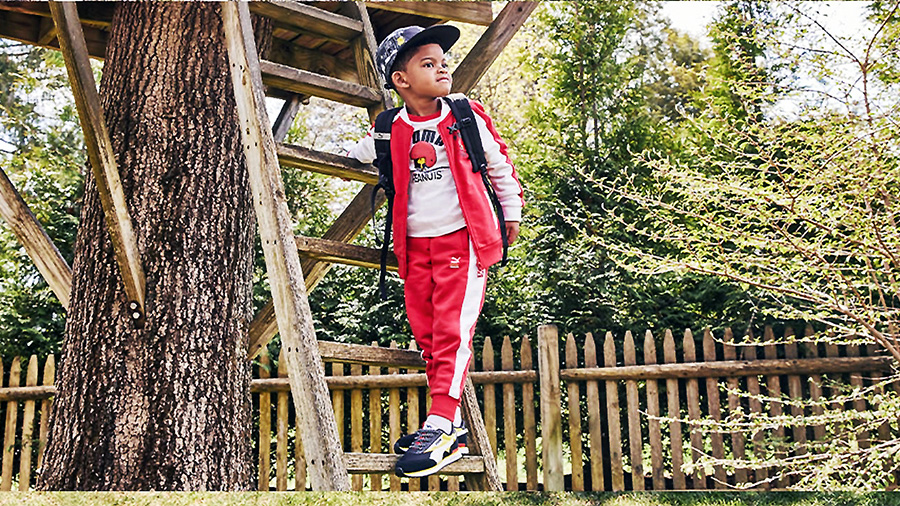Aspen Institute’s just-released State Of Play 2021 survey found that most kids are back playing sports with their families feeling more comfortable about their safety amid the ongoing pandemic. However, challenges remain with more kids feeling less physically fit and mentally drained.
According to a study conducted by the Centers for Disease Control (CDC), 22 percent of kids and teens were classified as obese during the height of the pandemic, an “alarming” increase from the 19 percent before COVID-19. For severely obese kids, their expected annual weight gain increased from 8.8 pounds before the pandemic to 14.6 pounds in August 2020. The weight of moderately obese kids went from 6.5 pounds to 12 pounds, and kids who had a healthy weight before the pandemic, saw their annual weight increase from 3.4 pounds to 5.4 pounds.
Meanwhile, an overwhelming demand for mental health services placed an unprecedented strain on pediatric and primary care facilities, schools and community-based organizations that support kids’ health and well-being, according to the CDC study. Doctors warned that some kids could have increased long-term adverse effects on their mental health from the pandemic.
In its study, the Aspen Institute wrote, “Sports, when delivered appropriately, offers physical, social, emotional, and academic benefits. That’s at risk if more children cannot safely return to sports and physical activity, or if they lose interest in playing sports, as data continues to suggest is happening.”

Each year, The Aspen Institute’s Project Play produces its National State of Play Report analyzing youth sports participation data from the previous year provided by the Sports & Fitness Industry Association (SFIA). During COVID-19, Project Play also conducted surveys with the Utah State University to understand parent and child sports experiences in real-time. The report was authored by The Aspen Institute’s Jon Solomon and Tom Farrey.
Key findings include:
- Families Have Fewer Options To Play Sports. Some families who returned to sports, or want to resume play, are coming back to diminished services. Thirteen percent of youth sports parents indicated their community-based sports provider closed due to COVID-19, and 12 percent said it merged with another organization. In total, more than four out of ten families said their community-based sports provider had closed, merged or returned with limited capacity, which could limit the quality and accessibility of programs.
- Travel Sports Parents Report Similar Issues. Forty-six percent of parents said their travel-based provider closed during COVID-19, merged with another league or club, or returned with limited capacity. More travel sports parents (15 percent) said their provider had closed than community-based sports, though it’s unclear in the report how often closures were related to the pandemic instead of an extension of the pre-pandemic trend of program consolidation in the club sports industry. School-based sports, which often benefit from local or state government support, were the most likely to have resumed at a normal level.
- Kids Resume Playing Sports At Pre-Pandemic Level. In September 2021, 47 percent of parents whose kids played sports, said their child had resumed play at the same level prior to the pandemic, up from 40 percent in the five months prior. The report showed that 17 percent of kids resumed playing at a higher level than before the pandemic.
- Wealth Remains A Factor In Who Plays. This was true before the pandemic and remains true today. In September 2021, 24 percent of parents in the highest income bracket ($100,000 or above) said their child had resumed playing sports at a higher level than before the pandemic. Only 13 percent to 14 percent of kids from the lower-income brackets returned to play sports at a higher pre-pandemic level.
- Parents Adjust To COVID-19 Fears. Parents’ fears of COVID-19 continue with youth sports. Half of youth sports parents said they could see their child getting sick if they resumed playing sports and remains a barrier to resume play. Yet parents’ comfort level with traveling, community-based and school sports is the highest its been in The Aspen Institute’s four surveys conducted during the pandemic.
- Individual, Outdoor And Socially-Distanced Sports Benefitted In 2020. Socially-distanced sports, including golf, tennis, surfing, and skateboarding, experienced a significant increase in participation rates in 2020. Other than the three most popular sports (basketball, baseball and soccer), the top sports/physical activities kids tried for the first time during the pandemic were cycling, swimming, walking, dance, badminton, flag football, and bowling. However, individual activities such as cycling, tennis and skateboarding declined from April 2021 to September 2021 as more organized team sports returned.
- Kids Lost Interest In Organized Sports. When Project Play and Utah State University conducted its first COVID-19 survey in June 2020, 19 percent of youth sports parents said their child was not interested in playing sports. By September 2021, that figure was 28 percent.
Photos courtesy Puma Kids
















